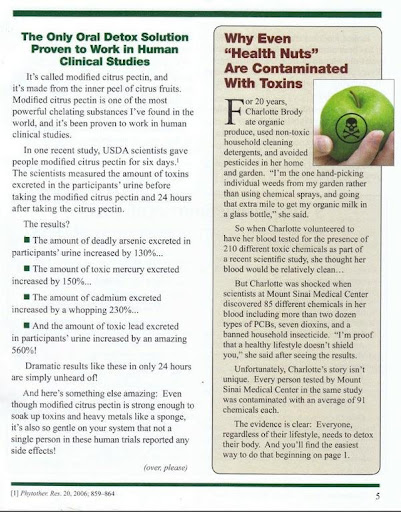About four years ago while attending the huge digital marketing event, Traffic and Conversion Summit, I saw a “fireside chat” onstage with Dr. Robert Cialdini, author of the classic book on marketing psychology, Influence, and his more recent Pre-suasion.
There were many valuable takeaways, but one I found particularly interesting as a copywriter was the use of “pre-suasion” in copy.
What you must do BEFORE you can persuade someone to buy…
Dr. Cialdini defines “pre-suasion” as what you do before you provide a sales message to your prospect. It’s a way of setting things up so that the prospect is more likely to accept or be in agreement with a message before he or she experiences it.
Dr. Cialdini provided several examples of how you can do this effectively in sales promotions. For example, a time-sensitive offer sent out in an email from Royal Caribbean tested having a ticking clock emoji in the subject line.

The Royal Caribbean email got 3% more opens, but more importantly it got 15% more click-throughs. This is because the ticking clock created a mindset of scarcity and urgency before the prospect even read the message.
Dr. Cialdini also gave as an example a test for a furniture store website. When clouds appeared as the background, people bought more expensive furniture. When pennies appeared as the background, they spent less on furniture.
This is because comfort is more important to us after we see clouds. Cost is more important after seeing pennies. Very subliminal and it works. Then he mentioned how subheads can be used for pre-suasion…
The BEST way to write your subheads—and why they’re so important
Subheads (also known as “crossheads”) are the mini-headlines that you use throughout your copy to break things up and keep the prospect reading. And the best way to write them is to have each one draw attention to the major feature in that following section.
As you shift attention to each new feature or advantage of your product, your subhead “pre-suades” the prospect to accept or buy into that message before he or she experiences it. By drawing the prospect’s attention to it, he or she is more accepting of the idea that the feature or advantage is important.
When Dr. Cialdini explained this, I realized it’s something I’ve always done with my subheads, especially when writing them for long-form sales pages and direct mail promos. I just hadn’t looked at it as part of this particular strategy or had a name for it!
And I’m not the only copywriter who employs this technique. Let me share a few examples from a promo I’ve received multiple times in the mail…
What’s in Kim’s mailbox?
One of the many promotions I received recently in the mail from Advanced Bionutritionals (one of my long-time clients) was for a detoxing supplement called Pectasol. I’m quite familiar with it, having had the control for it a few times including helping to launch it.
Now my friend and fellow copywriter Marcella Allison has had a long-running control for Pectasol with this engaging headline and front cover:

The main headline itself is doing a pretty good job of “pre-suasion”. It’s taking what seems like an absurd proposition—the idea that healthy food is loaded with poisons—and sets you up to accept the explanation provided in the paragraphs that follow.
These opening paragraphs also progressively amplify the threat and play on fear, so you have to keep reading to find out what it is. The next spread (which for the sake of brevity I won’t share here), reveals the culprit as arsenic, provides several proof elements, and then expands the “villain” to other common toxins as well.
Throughout the promo Marcella does a good job of using “pre-suasion” in her subheads—just as Dr. Cialdini discussed in his T&C fireside chat. Take a look at the following two-page spread. Here’s the first page:

The subhead “The Hidden Cause of Your Chronic Health Problems” sets the prospect up to accept the idea that these hidden toxins are linked to everything from memory problems and high blood pressure to digestive issues and sexual dysfunction.
Likewise, the sidebar subhead “Do Environmental Toxins Cause Blood Sugar Problems?” sets up the idea of a link to high blood sugar and diabetes.
The next page introduces the solution. It also further agitates the problem and overcomes possible objections in a sidebar. Let’s take a look…

Not only does the subhead “The Only Oral Detox Solution Proven in Work in Human Clinical Studies” set up the idea that there is a solution, it provides the idea of unassailable proof that it works.
The copy that follows then provides some of the study findings, which are now made even more believable because of the hard-working subhead.
The sidebar “Why Even ‘Health Nuts’ Are Contaminated With Toxins” pre-suades the prospect by overcoming a possible objection: “But I eat healthy and use organic whenever possible!”
The statement of the idea that they’re still in danger, followed by the real-life human story in the sidebar copy, work together to convince the prospect of this idea and overcome his or her objection.
Think about how you can use “pre-suasion” in your sales copy. Just as you spend lots of time coming up with a “big idea” for your promotion and having your main headline communicate that, within your body copy you have many “mini” big ideas that you want to communicate.
And using subheads that pre-suade will make your prospect much more likely to accept your sales message—and act accordingly!